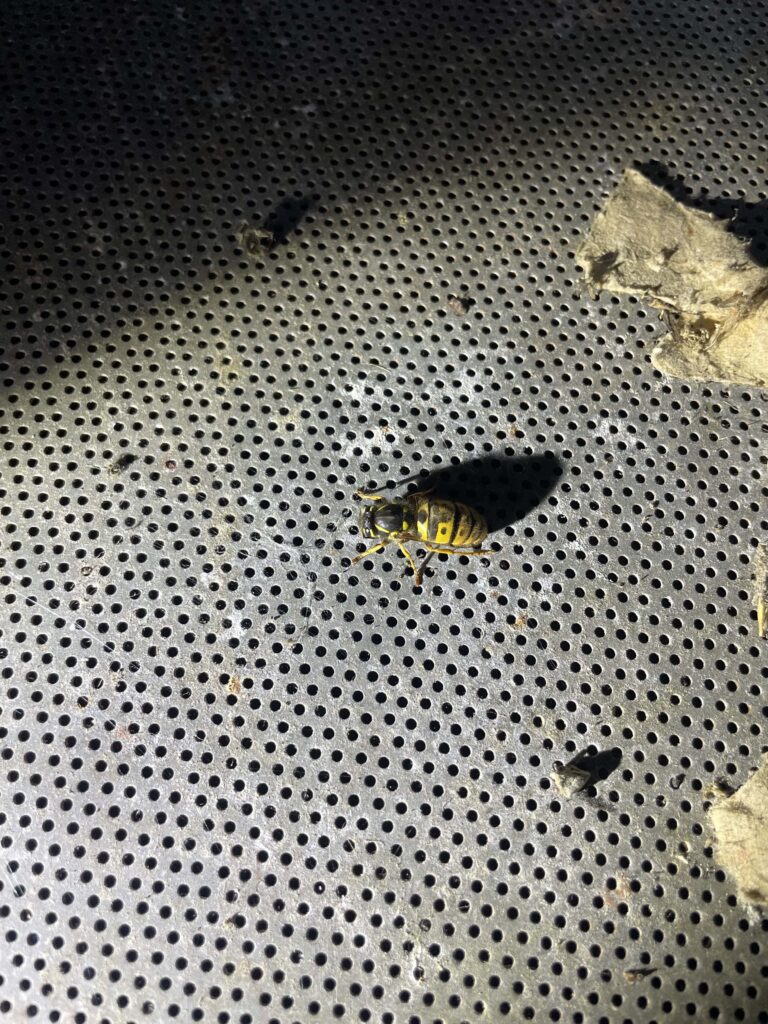
Not all of them. The main species you are likely to notice in Britain are the common wasp (Vespula vulgaris) or the German wasp (Vespula germanica). These are the bright yellow and black flying insects with a loud buzz. The queens of these species will have mated last autumn and found a dark and dry place to hibernate over winter. Their males died off as the winter drew in and their food sources decreased.
In spring the queen emerges and builds the start of the year’s nest. She lays the first of her eggs to develop into larvae and then to pupae, eventually hatching as worker wasps. The wasps you see in early June may be the queen flying out to gather food for those earliest larvae or (in warmer years, when the whole process begins earlier) the first of the new workers flying out to find food for the next generation of worker larvae.
Don’t be too concerned. At this time of year, they are intent on finding food and they will be calm and purposeful. They may pick up any discarded scraps of meat from an outdoors lunch, but they’ll ignore the humans and will be gone within minutes.

